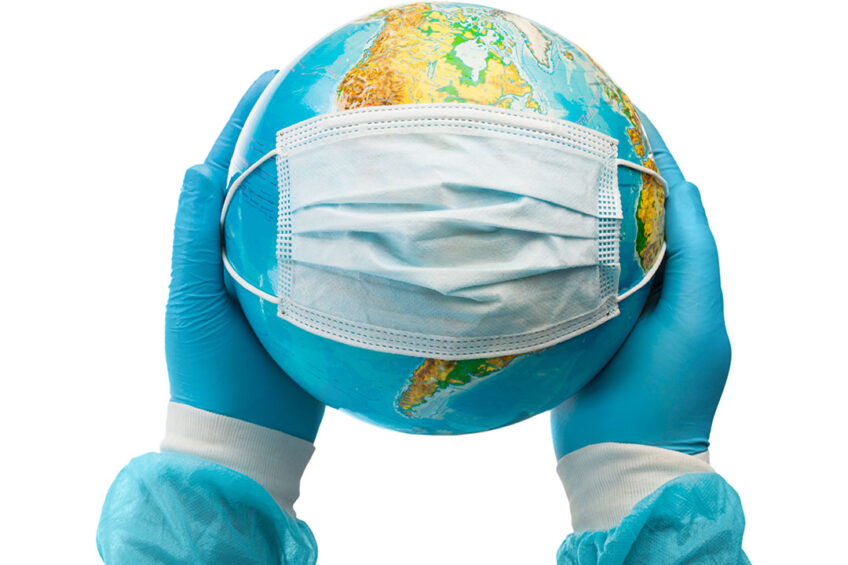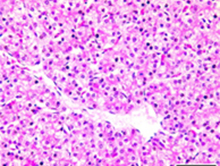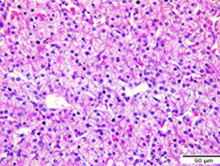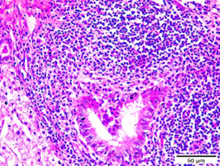Could mycotoxins be responsible for the next pandemic?

The World Health Organization’s (WHO) declaration that ‘global warming’ represents the most serious challenge for humanity in the 21st century gave rise to global alarm due to the serious impact on animal and human health.
The predicted changes include more extreme weather events as the gradual increase in temperature, dryness and decrease rainfall in some countries (e.g. Middle East) and more frequent rainfalls, tornadoes and hurricanes in other parts of the world (e.g. East South Asia). The increase in sea water levels due to the melting of polar ice will lead to the disappearance of river delta and coastal cities. All these factors will reduce the global agriculture. Climatic changes will also induce socio-economic and demographic changes due to the cross-boundary migration of humans and their domestic animals (and even wild animals) from dry locations to other suitable geographic districts.
Invasion of insects & mycotoxigenic fungi
In parallel, the global increase in temperature will enable the invasion and emerge of insects, rodents and mycotoxigenic fungi to new locations where they did not exist before. Their emergence can introduce direct and indirect losses due to the disturbance of the eco-system, the direct destruction of the crops or the introduction of insect-born diseases infecting man, animal and plants, respectively.
Mycotoxins detected in new regions
Moreover, insects and rodents make the crops more susceptible to fungal infection which increases the contamination with mycotoxins. For instance, aflatoxin-producing Aspergillus species usually inhabit tropical/subtropical regions. They are responsible for serious health threat as aflatoxin and ochratoxin A producers. The detection of these toxins in Europe was usually limited to imported food. However, since 2003 (Italy) and 2015 (France) Aspergillus flavus could be detected for the first time in local crops in Europe.
Global inflation – grain prices
On the other hand, other factors including the global inflation (due to Covid 19), the increase shipping costs (increase in oil / energy prices) and global shortage in grain supply (Ukraine war as Russia and Ukraine are major grain producers) lead to a historical record in grain prices.
Mycotoxicosis pandemic
Combining all these factors:
shortage in feed production due to climatic changes and the war,
high cost of shipment due to oil prices and high ship insurance from Ukraine
contamination of crops with mycotoxins due to global warming
irregular supply/logistic in war region
– enforces millions of people in poor countries to consume (themselves) or feed their animals moulded grains which makes a new pandemic of mycotoxicosis in the near future imaginable.
Mycotoxins: A serious problem for both animal & public health
Mycotoxins were always a serious problem facing both veterinary sector and public health. Feeding animals or birds moulted spoiled feed not only affect their productivity and health status but also human consumers as mycotoxins (their metabolites) are shed in milk (in the form of AFM1) and eggs.
Known mycotoxins
Currently, there are more than 100,000 fungal species reported. Most of known mycotoxins belong to one of 6 major mycotoxin families:
Aflatoxins
Zearalenone
Trichothecenes
Ochratoxins
Fumonisins
Patulin
Cooperation among disciplines
Solving this problem requires cooperation among different disciplines.
Political solution – slowing the global warming
Veterinarians – development of robust breeds which resist high mycotoxin load
Botanists – development of new crops which resist dryness, irrigation with salty water and not susceptible to fungal infections
Feed industry – to provide innovative solutions for mycotoxicosis).
Mycotoxin binders
At present, several mycotoxin binders are commercially available. Although their integration in animal feed is a must in most cases. However, taking into consideration that:
no single mycotoxin binder can bind all known mycotoxins present in the feed,
although at least 300 different mycotoxin types were reported, the presence / evolution of other types is expected,
no mycotoxin binder can bind 100% of the present mycotoxins, the escaped portion from being bound can accumulate and induce chronic mycotoxicosis.
Therefore, it is recommended to combine the mycotoxin binders with complimentary products which support the liver against escaping mycotoxins.
Field trial
In a field trial (Fayed et al., under publication), 3 groups of broilers were tested. All were kept on commercial feed (includes commercial biological mycotoxin binder).
Group 1 – received the commercial feed only (negative control),
Group 2 – feed served to the positive control group was contaminated by mycotoxins to simulate bad storage conditions of feed or the use of low-grade ingredients in feed manufacturing.
Group 3 – was supplied with commercial feed contaminated with mycotoxins and supplemented with Herb-AllTMLIVER (Life Circle Nutrition AG, Switzerland).
The research team reported clear differences in bird weight, FCR, immunological response to vaccines, and general health condition. Post-Mortem histo-pathlogical examinations of liver and kidney tissues confirmed also the protective potential of the product (Figure below).
| Negative control group (Mycotoxin binder only) | Tested group (Mycotoxin, mycotoxin binder and Herb-All LIVER) | Positive control group (Mycotoxin and mycotoxin binder) |
|---|---|---|
 |  |  |
The hepato-protective effect of Herb-All LIVER is well documented beside its preventive role against metabolic disorders such as ketosis and fatty liver in transit dairy cows.
In conclusion
The problem of mycotoxicosis is expected to play a critical role in animal production in the near future. It is recommended to combine different mycotoxin binders which bind different toxin types. Feed supplementation with high quality natural products which protect the liver and kidney from escaped mycotoxins or from environmental contaminants such as residues of microbial toxins, pesticides, insecticides and medications provide additional benefits for farm economics.











